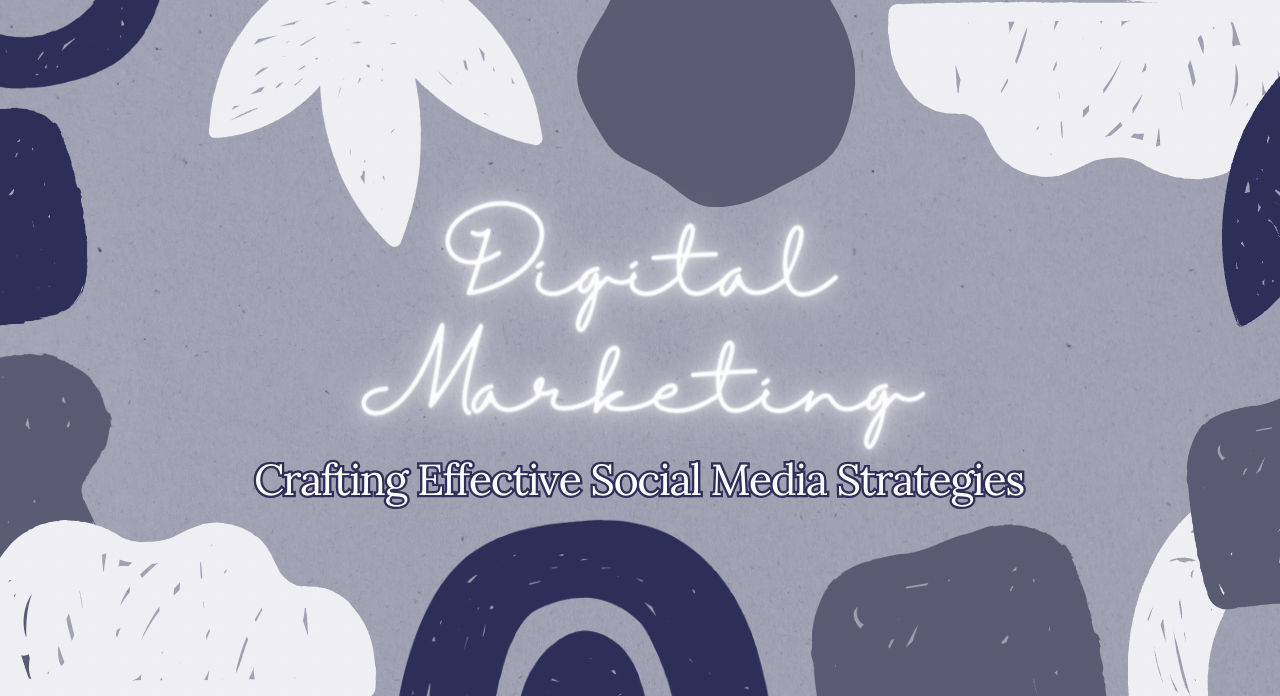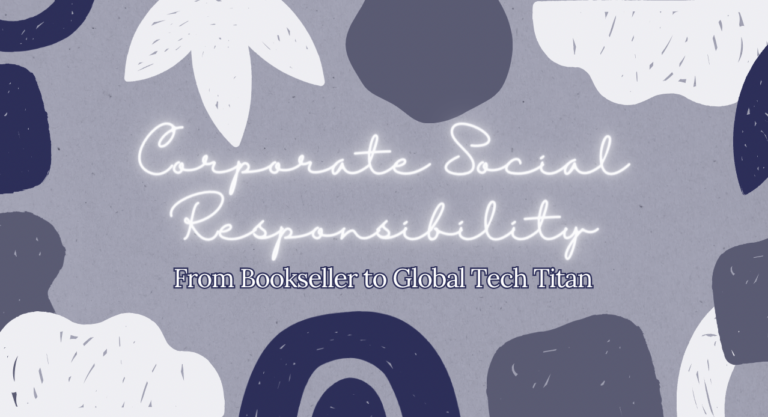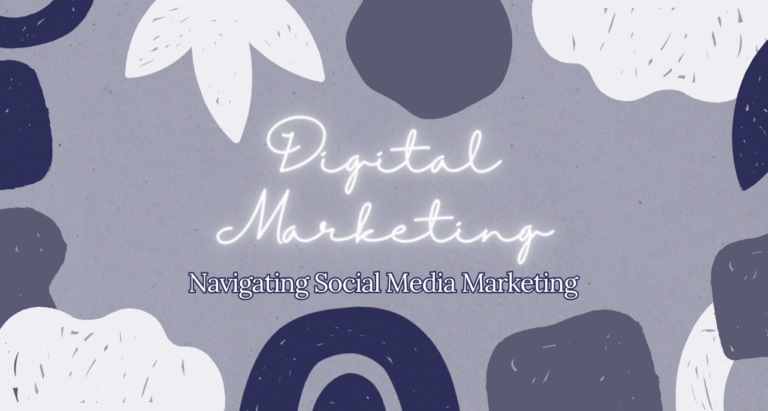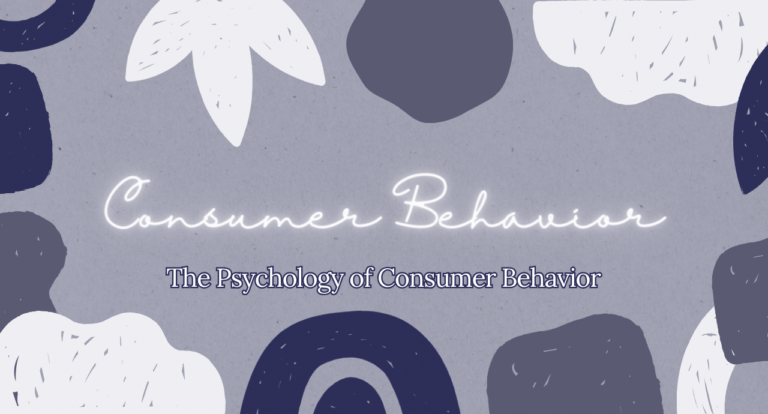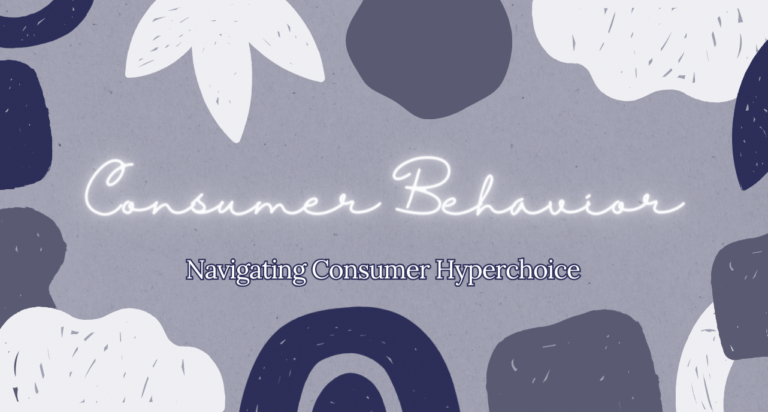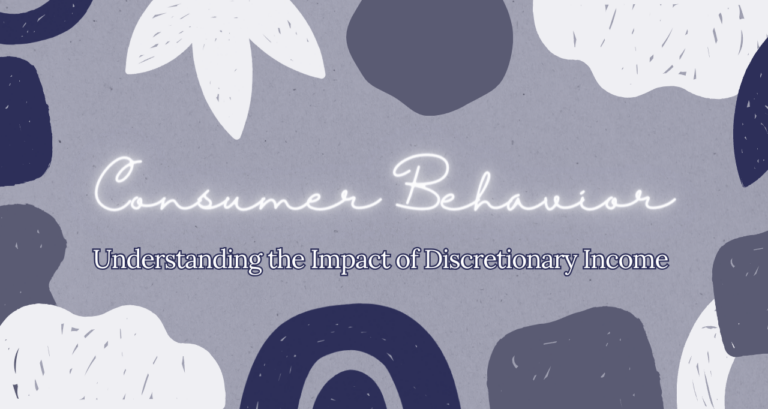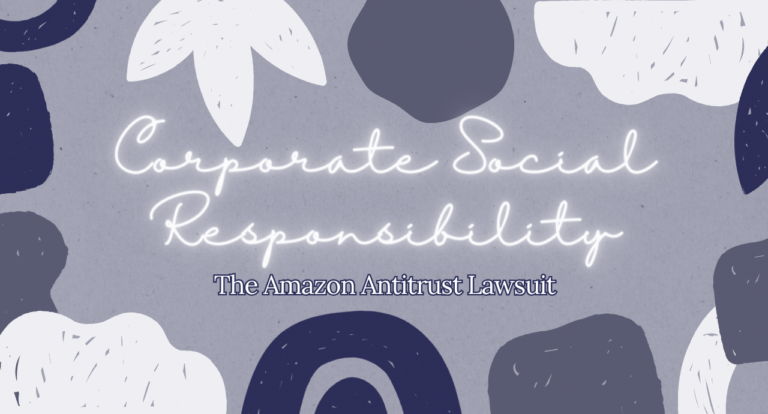Crafting Effective Social Media Strategies
What are you posting?
Post what, where?
When transitioning between different social media platforms, it’s essential to adapt your strategies accordingly. The approach you take to promote a product or service on Facebook should not be a one-size-fits-all solution for Twitter. Specifically, Scott discusses the nuances of Facebook, LinkedIn, and Twitter. On Facebook, leveraging targeted groups can effectively showcase your niche value proposition. On LinkedIn, the focus should be on identifying potential buyers or even potential partners within your network. Twitter, on the other hand, thrives on what Scott refers to as “microblogging,” where your message must fit within a strict character limit.
To narrow down on the character limit it is clear how the length of what you say has to be innately different. From Hootsuite, we see that the limit of character per post over the different social media platforms as of 2022, are as follows; Facebook post: 33,000, Twitter update: 300, LinkedIn company page status update: 700 (McLachlan). These numbers represent what reign you have with your content. Clearly if you wish to give a lot of information about your product or service, it may be more beneficial to use Facebook as you can be more thorough. But, this simply cannot work on Twitter or even LinkedIn, with these mediums you have to get rid of the fluff of your content, make it concise, and attention grabbing.
Furthermore, this constraint encourages Twitter to revolve around personal updates and social interactions related to your company’s day-to-day activities. It fosters engagement and open discourse on various subjects. Each platform has its distinct character, and your content should align with its specific behaviors. Failing to do so might lead to your posts being overlooked. For instance, if someone is scrolling through their Twitter feed, encountering a lengthy business pitch amidst a sea of short posts and simple ads is likely to result in them swiftly scrolling past. Twitter users typically prefer concise content and are not inclined to spend time reading lengthy paragraphs.
Being authentic
While this has been touched upon multiple times throughout my blog posts, there is again an emphasis on the content of what you’re posting, is authentically you. Even though you may want to advertise what product/service you’re selling, there is sense of yourself you must include. By producing content about what you as an individual are doing with the company allows you to approach your consumers in a different manner. This essentially opens yourself up to potential loyal customers, sharing your honest ideas and opinions shows what relationship you wish to have with them. You’re not just trying to sell them something. You’re creating a connection with your content that makes them invested in whatever organization you find yourself.
Brand yourself
Included in this is treating your social media platform as a personal brand you’re trying to network with. Your social media content is a deliberate reflection of your identity, extending beyond individual posts to shape your entire profile. It’s vital to remember that for many, your social media page is their first introduction to you. Ensuring alignment with your intended persona is essential to establishing a personal brand.
references
McLachlan, S. (2022, August 2). Ideal Social Media Post Length. Hootsuite. https://blog.hootsuite.com/ideal-social-media-post-length/
Scott, D. M. (2020). The New Rules of Marketing and PR (8th ed.). Wiley; 8th edition (May 3, 2022).

